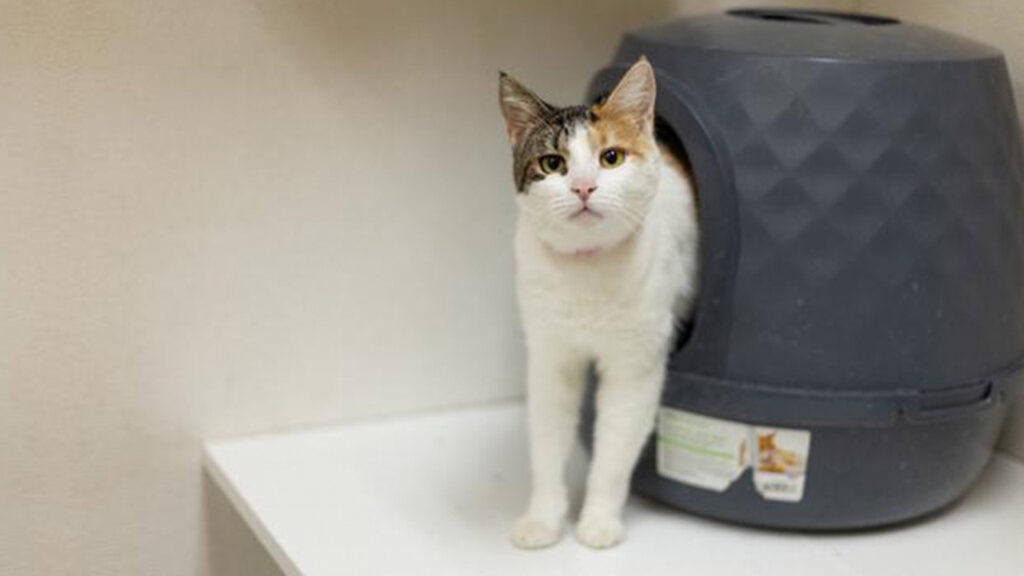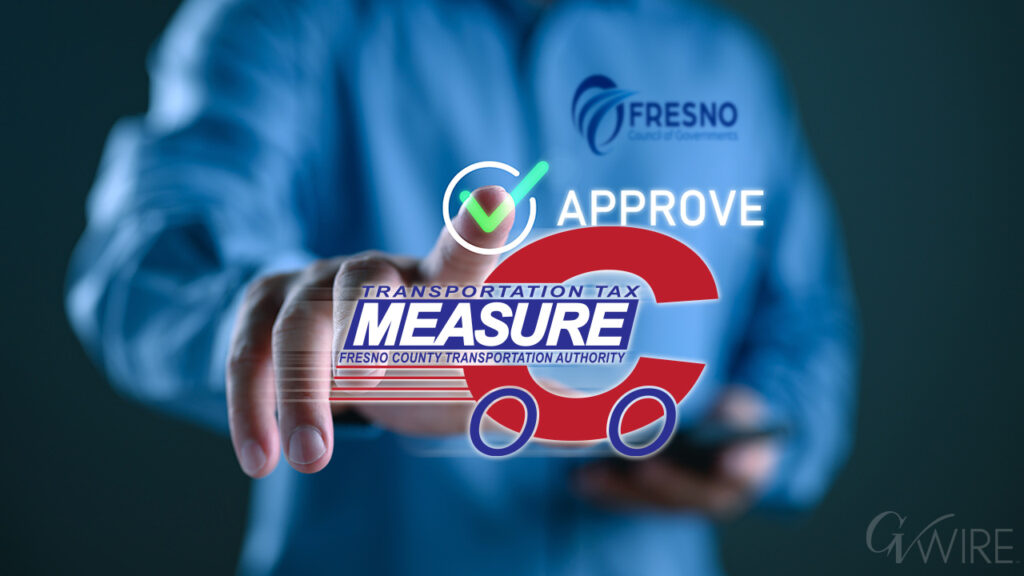Share
Ryan Indart says he may have to kill off some of the sheep at his east Clovis ranch this fall. With restaurants shuttered amid the coronavirus pandemic, he has no market for his animals. When a new flock arrives in October, he won’t have enough space in his pasture if his current flock is still there.
Gov. Gavin Newsom announced last Wednesday a $3.6 million program to help farms and food banks stay afloat, coupled with a philanthropy pledge of $15 million. That promise came on the heels of a much larger federal aid package of $19 billion for farmers and ranchers across the country.

Analysis
Manuela Tobias
The Fresno Bee
But, Indart says, even if he gets the maximum amount of aid, it will only keep his ranch afloat for about two months at best. And the money wouldn’t cover his current losses.
Farmers across the San Joaquin Valley echoed Indart’s concern.
Food Bank Demand Up, But Farmers Suffer 50% Loss in Business
While demand at California’s food banks has risen by 73 percent during the pandemic, demand for the products of farmers and ranchers has dropped by 50%. Because it’s too costly to harvest and transport the food, and much of it is perishable, California growers are destroying some crops, milk and livestock.
(Listen to reporter Manuela Tobias and food industry representatives discuss the broken food chain in this CalMatters/Fresno Bee webcast.)
Fresno County Farm Bureau CEO Ryan Jacobsen expects the problem to grow as the region approaches harvest season and restaurants and ports remain closed or barely operating. A second round of federal funding is expected, but not yet guaranteed.
The aid will help food banks but isn’t enough to help most farmers, according to industry professionals who spoke with The Fresno Bee.
Steve Linkhart, director of Farm to Family at the California Association of Food Banks, said the federal government “turned on a fire hose and they don’t know what they’re pointing it at.”
USDA Aid Package to Farmers
While Newsom’s announcement of help for farmers came more recently, the federal government will provide more significant funds. Neither will suffice to keep farmers from filing for bankruptcy, according to industry insiders who spoke with The Bee.
The $19 billion federal aid package comes in two parts – $16 billion in direct payments to farmers, capped at $125,000 per commodity with an overall limit of $250,000 per farm, and $3 billion for farmers to put together food boxes for needy families.
Farmers who spoke with The Bee complained about the cap, saying it’s not enough for a small rancher like Indart, let alone the many bigger operations that dot the San Joaquin Valley, state, and nation.
Individual farms in the Fresno area have already seen losses upwards of millions of dollars, according to Jacobsen. “With the issues we’ve seen thus far, it’s truly not going to be enough for them to make a difference,” he said.
U.S. Rep. Jim Costa, a Democrat from Fresno, and 126 other members of the House urged President Trump to eliminate the caps for specialty crop, livestock and dairy producers, who have been hit hardest.
The deadline for applying for the grants was Friday. The winners will be announced this week, and the money will arrive in farmers’ bank accounts mid-May.
Ruth Dahlquist-Willard, a small-farms adviser in Fresno and Tulare counties, said survival has been easier for producers of certain crops or farmers who participate in produce delivery programs.
Smaller farms that do not have staff are facing additional strains to learn about and submit the complicated paperwork to receive federal aid. The challenge is even more significant for farmers for whom English is a second language, like many in the Valley’s Hmong, Latino, and Punjabi communities.

Good for Food Banks, Not Good Enough for Farmers
Of the federal aid package, $3 billion will go to paying farmers and ranchers to put together produce, meat and dairy to feed families.
Officials at the Central California Food Bank don’t know how much of the money their suppliers will be able to access. But they said they were excited about the fuller range of products the program may offer hungry families in the San Joaquin Valley.
“We’re looking at how this could offer a different mix of products, like pre-prepared meats, and those could be game-changers for our clients,” said Jaclyn Pack, food acquisitions manager.
Linkhart, who is the farm liaison for the state food bank association, said the federal government has not established a mechanism for distributing the money equitably. Like the aid payments, he worries that the attempt to give a little to everyone will make little impact.
“Whoever wins, it has to be mindful of the population, the poverty, which I don’t believe they have talked about,” he said. “If you ship an equal amount to every one of them, everybody’s going to be mad. For some, it’s not enough, for some, it’s way too much.”
Additionally, distributors were not required to work with food banks, he said. Instead, it’s up to growers and distributors to get the food out, and he hopes they will partner with food banks to do so.
Kat Taylor Promises to Raise $15 Million
But more help is on the way from the state.

“It will get some out of the field, but harvesting is very expensive. No way that offsets very much. But any bit can help.” — Cannon Michael, Bowles Farming of Los Banos
Newsom’s $3.6 million food bank program will get fresh fruits and vegetables from farms to food banks throughout California, as well as to secure additional refrigeration units for food banks facing capacity issues. He said that money will increase the shipment of produce to food banks to around 21 million pounds this month.
Billionaire Kat Taylor has pledged to secure an additional $15 million in philanthropic funds.
Thousands of farmers in the Fresno region will benefit from the program, according to Linkhart. He said the money should be enough to meet food bank demand.
The aid still won’t cut it for farmers, though, according to Cannon Michael, president of Bowles Farming Company in Los Banos. While they get a pick-and-pack fee, as well as a 15% tax credit, the price that food banks pay for produce has never been enough to cover the full costs of harvest, he said.
“It will get some out of the field, but harvesting is very expensive. No way that offsets very much. But any bit can help,” he said.
About the Author
Manuela Tobias is a reporter with the Fresno Bee. This article is part of The California Divide, a collaboration among newsrooms examining income inequity and economic survival in California.



















